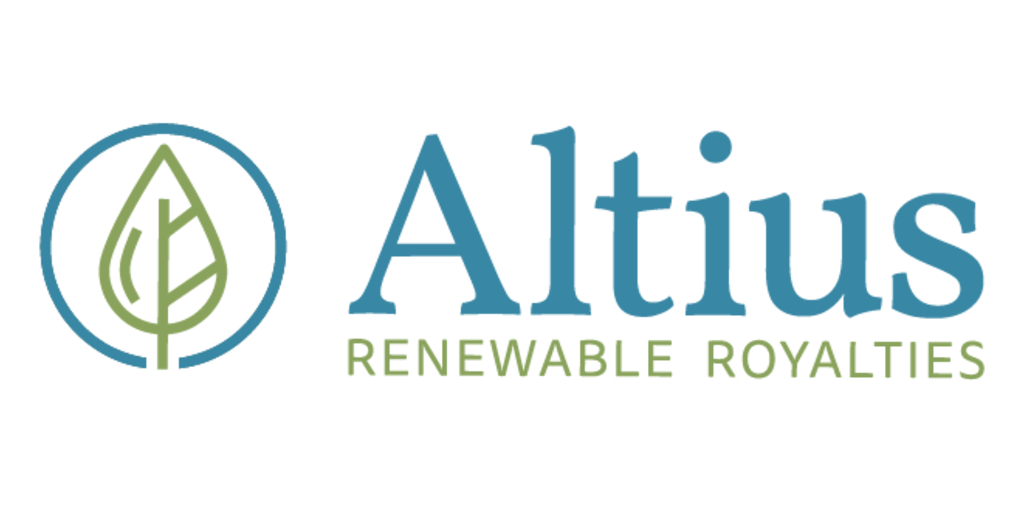By Editorial Assistant
As the burgeoning development of Artificial Intelligence (AI) driven technologies is projected to fundamentally reshape the demand for critical minerals, industry experts are drawing attention to the significant energy consumption of AI data centers, which are at the heart of the computing evolution. This rising energy requirement is expected to exert unprecedented pressure on global mineral supply chains, which are already grappling with meeting the ambitious global net-zero targets. In a newly released report by analysts from The Oregon Group, an anticipated surge in AI technological needs will generate a 10-year critical mineral supercycle.
The report explains the challenges of scaling up mineral supply to match the pace of AI expansion are manifold. Among these hurdles are years of underinvestment in mining operations, concentrated mineral supplies in geopolitically precarious regions, and the need to fulfill rising clean energy objectives. These factors combined signal a tighter supply scenario as the demand for data processing and, hence, the associated AI energy consumption climbs steadily.
Uranium, the cornerstone of nuclear energy production, is facing a discrepancy between its supply and the soaring demand. The role of nuclear energy is increasingly critical in the context of surging power needs, which includes that of massive AI infrastructures currently coming online. As nations emphasize clean energy production, the demand for uranium is anticipated to grow steadily, underscoring the importance of reenergizing its production and exploration.
Parallel to the emergence of AI is the rapid proliferation of renewable energy systems. These green technologies are reliant on a suite of critical minerals, including lithium, rare earths, nickel, graphite, cobalt, and manganese are all fundamental to electric battery composition. As AI technologies drive the growth in renewable energy investment, the demand for these minerals is expected to skyrocket, leading to tighter markets and heightened investment in exploration and processing capacities.
Several technology behemoths are investing colossal sums in AI infrastructure. For instance, Amazon’s commitment to spending $150 billion on data centers over 15 years epitomizes the scale of investment the tech industry is making. Moreover, the escalading stock prices of companies like NVIDIA, with direct stakes in AI development, are widely regarded as bellwethers for the AI and tech investment climate. Concurrently, McKinsey’s forecasts posit that generative AI could contribute up to $4.4 trillion in annual global corporate profits, which implicitly affects mineral exploration and utilization strategies.
Despite the compelling profit potentials and technological advancements, the mineral sector confronts pronounced challenges. Underinvestment in new mining developments, daunting supply chain risk due to regional concentration of supplies and processing, and significant technological and environmental hurdles collectively add complexity to meet future demand.
These constraints underline the delicate balance required to navigate the inherent risks and potential in investments related to critical minerals. They influence corporate strategies and resource allocation in order to secure the mineral inputs necessary for the AI era.
The Oregon Group are predicting that AI will imprint a significant uptick in the demand for commodities. This forecast is predicated on a mixture of corporate profit incentives, stringent environmental policies, and the fundamental role of critical minerals in an AI-driven future. The anticipated demand surge speaks volumes, possibly heralding a transformative phase in the mineral markets.



